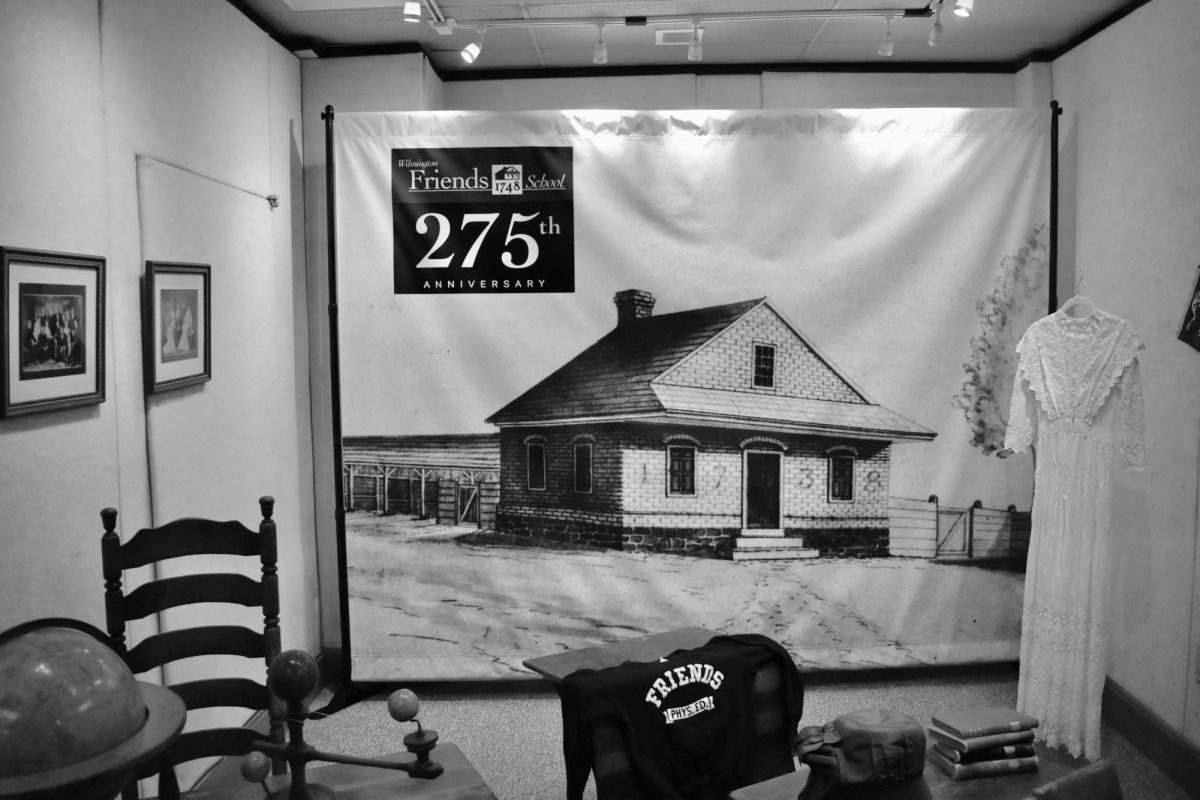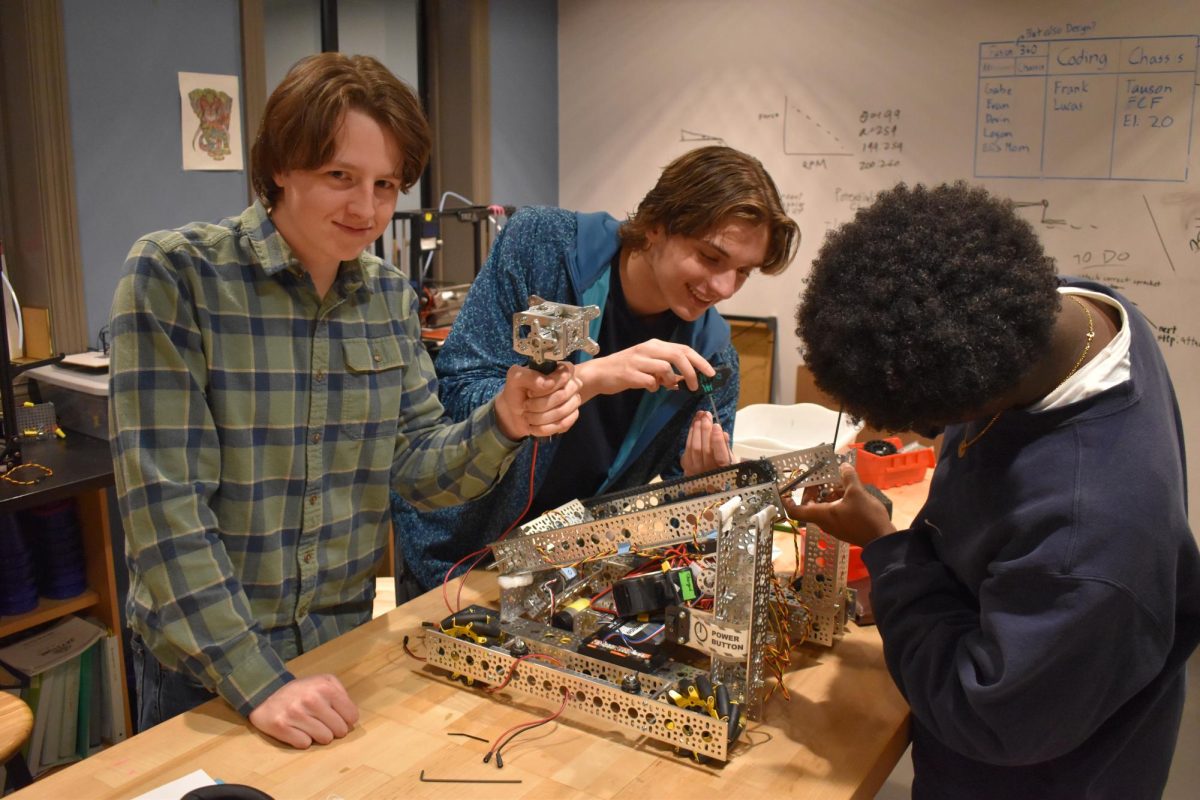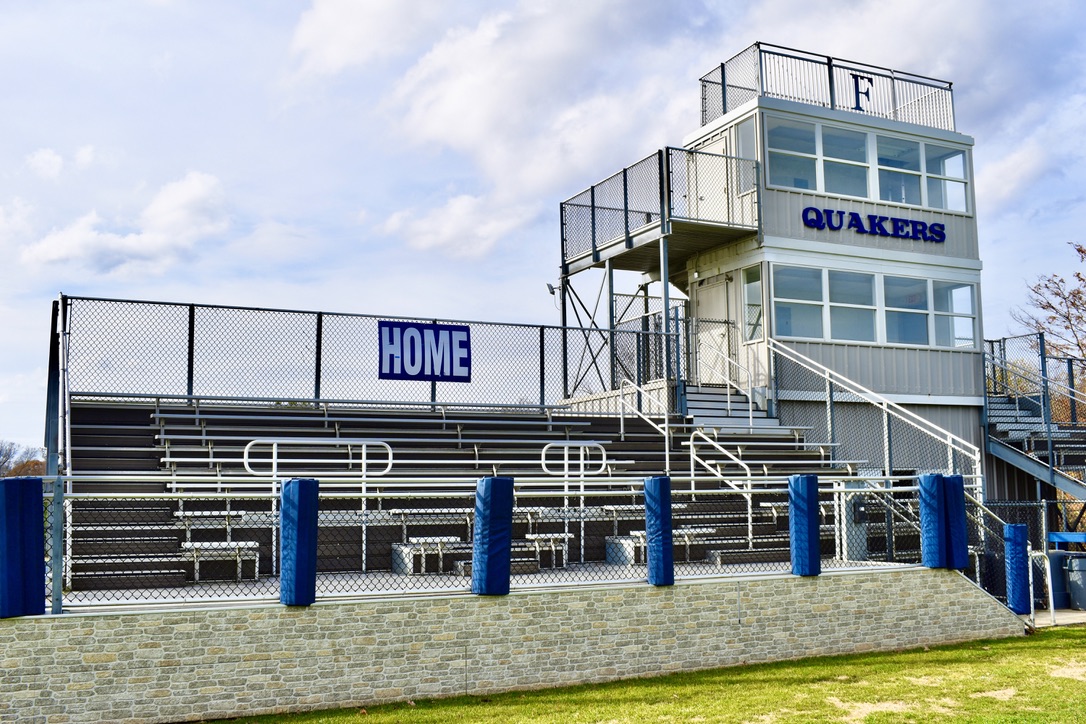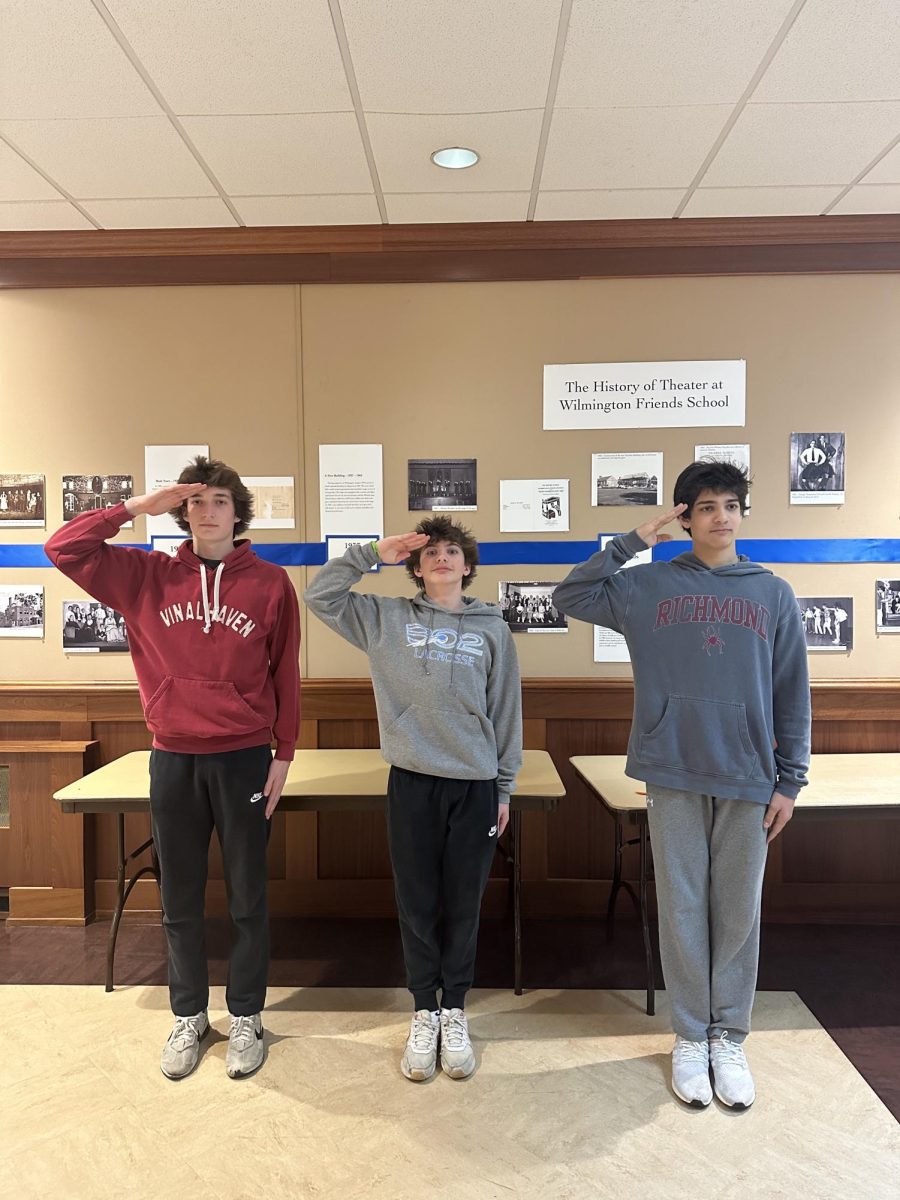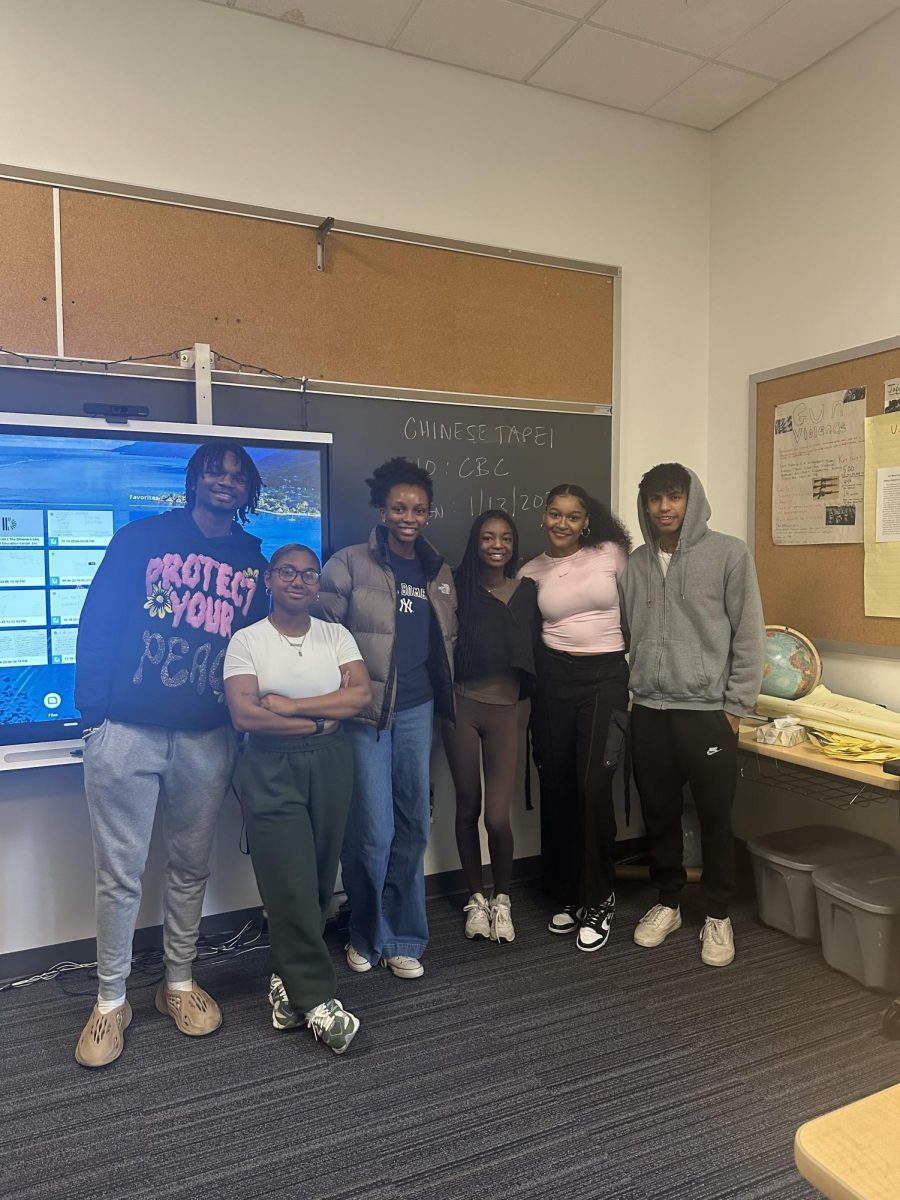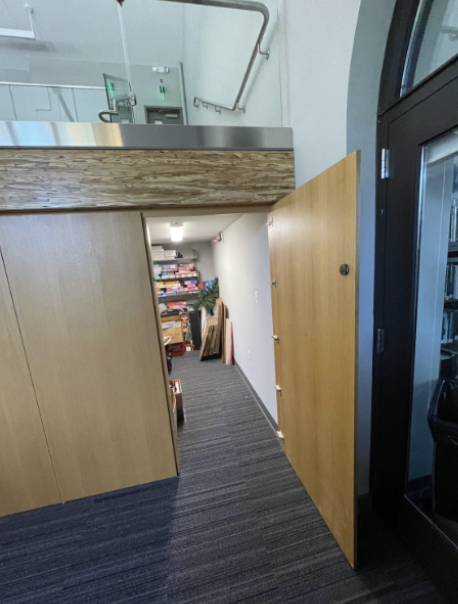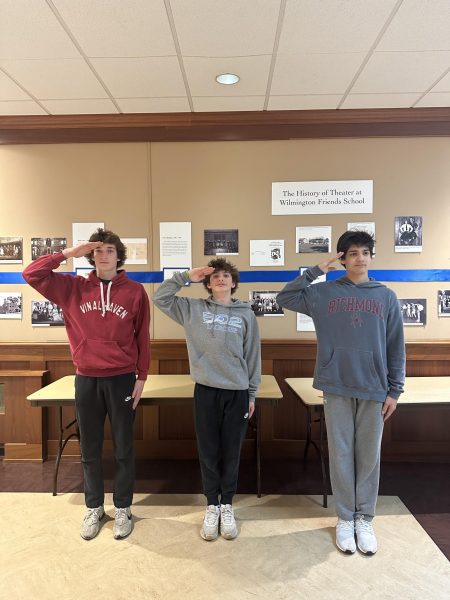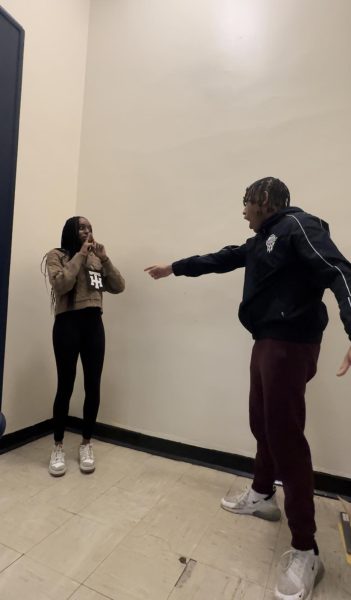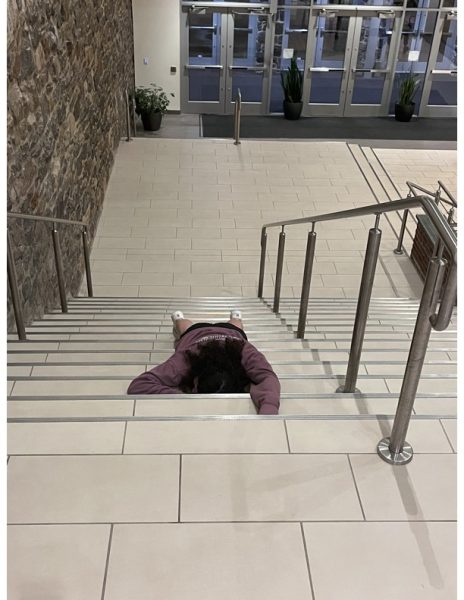Letter to the Editor: Theater Article Inaccuracies, Performing Arts Department
March 2015
Dear Editors,
In the Community section of the previous issue, Brian Zittlau wrote a piece about the cost of the new addition that includes the theater, Neff Gym, Atrium and Java Nook. While the Performing Arts Department is not the only group within our community that utilizes these new spaces, we wish to shed a little light on some facts that were not included in the article.
The new theater alone did not cost the full 9 million dollar figure quoted in Mr. Zittlau’s opinion article. Renovation and construction of the Neff Gym (formerly the old South Gym), the Atrium (formerly the arches), the Java Nook (formerly the Owl’s Nest), Groo’s Nook (a new conference and meeting space), as well as the theater (the old auditorium) were included in this figure. The Neff Gym consumed a large portion of the construction budget, given that it, too, had to be brought up to code. This included moving the existing elevator shaft so that it could be extended down into the gym level for handicap accessibility.
Because the building was damaged by fire, the school’s insurance covered a significant portion of the total cost of the rebuilding and renovation. Extra funds were raised to bring the new construction up to code and provide the required handicap accessibility that the former structure did not have. The new structure also carries a Gold LEED certification, a designation that is well in keeping with our Quaker value of stewardship.
The “futuristic” label is inaccurate. Because the old auditorium was just that – old – the systems for lighting and sound were antiquated and difficult to maintain. Still, they provided a certain number of microphones, lights, etc., that were used for each and every performance and meeting in the space. Insurance provided for the replacement of the capabilities the old auditorium had. While the new sound system goes beyond what was there before, it is the current industry standard. The bonus is that it allows for a bit of potential growth. The old lighting system was on the verge of needing to be replaced when the fire occurred. Positioning spotlights required setting up a scaffold either on the stage or on the slanted floor of the theater. This alone was a safety hazard (indeed, Todd Tyler broke his ankle while working on one of these scaffolds a few years ago). The new design of the theater provided a safer and more efficient way of hanging and operating the lights by means of the catwalk and fly system. Again, the fly system is a standard feature in most theaters. Ours is a “modified” rather than a full fly, necessitated by the restrictions on roof height determined by the county.
Any new construction, be it a theater, a gym or a classroom, should be built with the future in mind. How foolish it would be for any institution simply to replace what was lost without planning for program expansion! In fact, in the design and construction field, it is common practice for constituents to envision where they see their program in 15-20 years. Because of this careful planning, the theater will likely still serve the needs of the school community in 2030 as effectively as it does now.
The “concerns … about sitting in the chairs, in order to preserve them for the future, and also bringing in drink, food, gum, or even water” are not frivolous, and it should also be noted that this is a school policy and not one of individual teachers or even the Performing Arts department. The “no food or drink” rules are designed to ensure that the space – like other areas at school – are maintained. In fact, already there are seats where the backs are beginning to separate, a result of feet being propped up between the seats and loosening the connectors when removed. Beverages can easily be spilled and stain upholstery and carpeting, and gum is hard to remove from floors and even harder to get out of carpet. How often does one see stained seats at a movie theater? All the time!
Mr. Zittlau’s question, “Is the music program more important than sports or academics?,” fails to recognize that the theater is not for the sole use of the musical activities of the school. It is used for many other gatherings within the school community, from weekly homeroom meetings and frequent collections to admissions events, to name a few. Once the facility has been in use long enough for staff to understand the way the new systems work, it has the potential to be a viable rental space for groups from outside the school, much in the way our athletic facilities are used by many outside groups. Thus, the space could become a source of income for the school that could be used in some of the ways Mr. Zittlau mentioned. In fact, if one considers that the school boasts three gyms, and is in the process of expanding the classroom profile through the new Global Learning Center, the question becomes a bit ridiculous.

